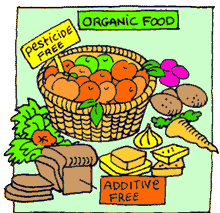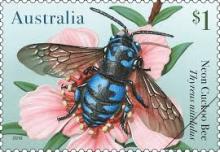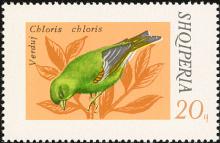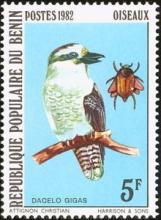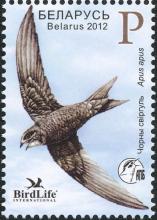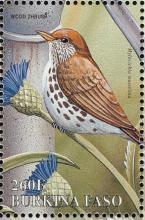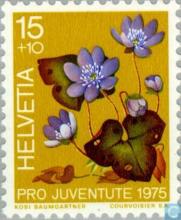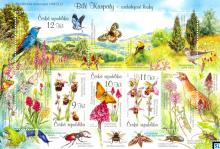The toxicologist Henk Tennekes on the derailment of toxicology
In an interview with English subtitles, the toxicologist Henk Tennekes explains his ideas about the derailment of toxicology. He is of the opinion that the cumulative toxicity of pesticides in the environment is not sufficiently investigated during the authorization procedure and explains the massive insect mortality in recent years.


